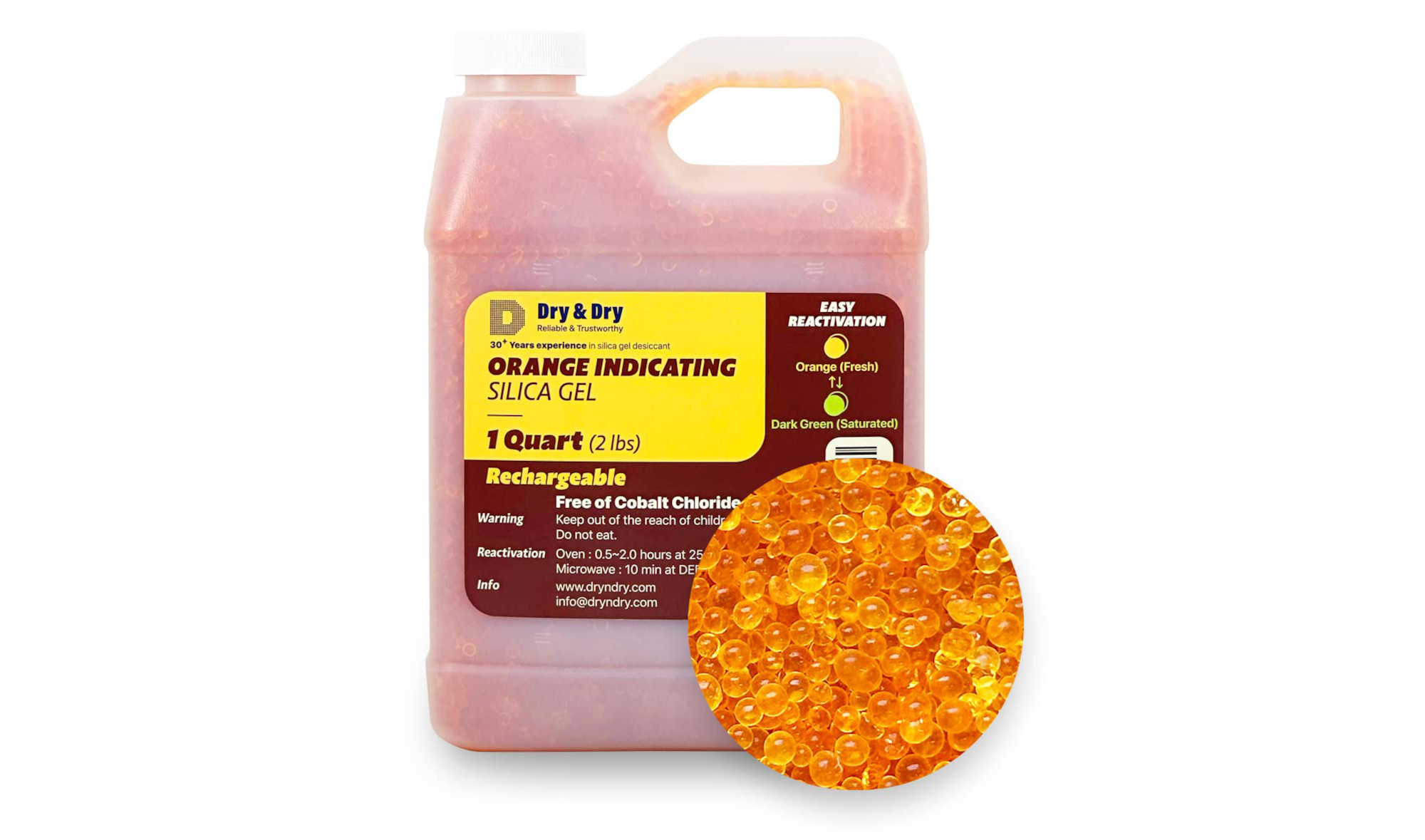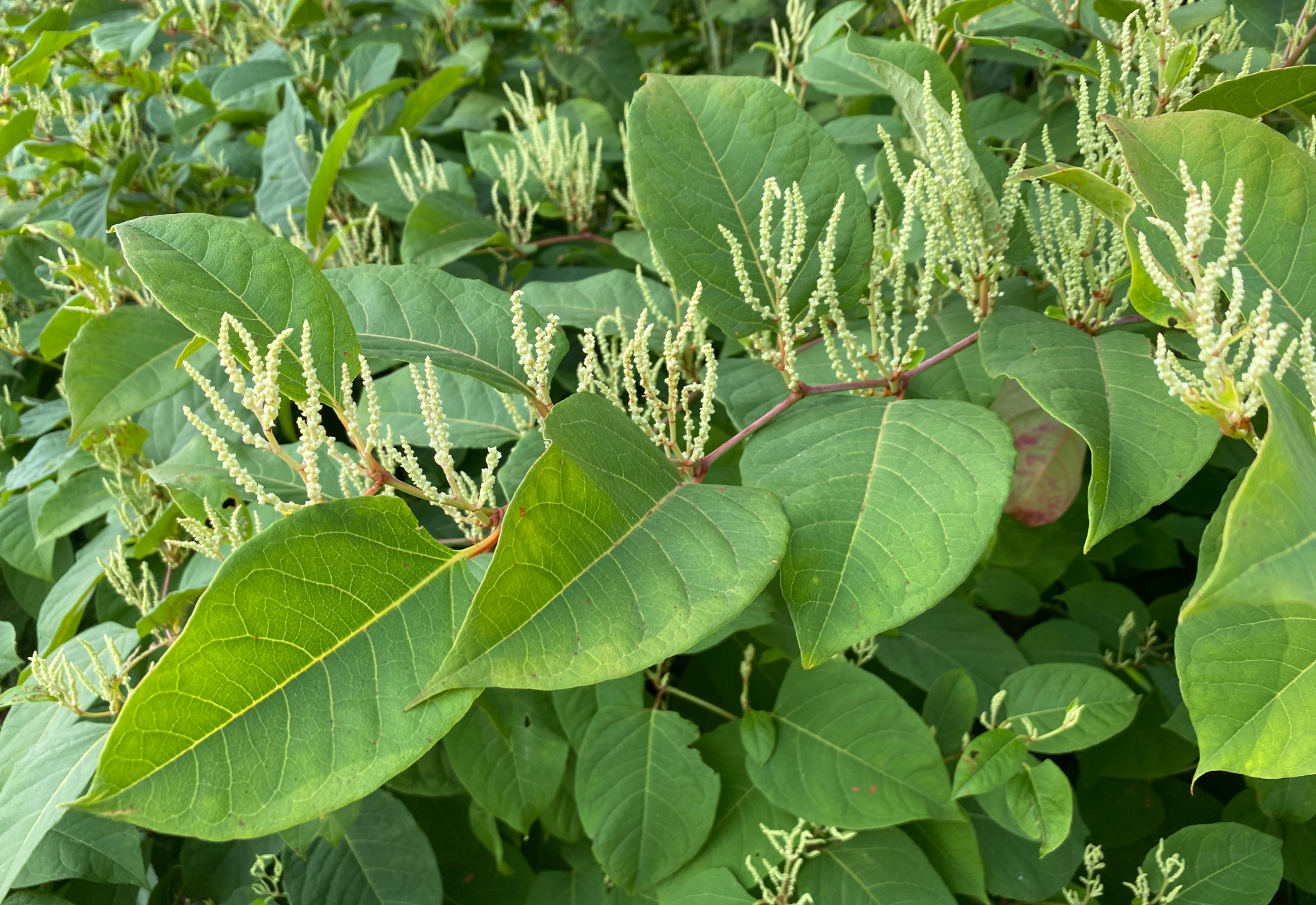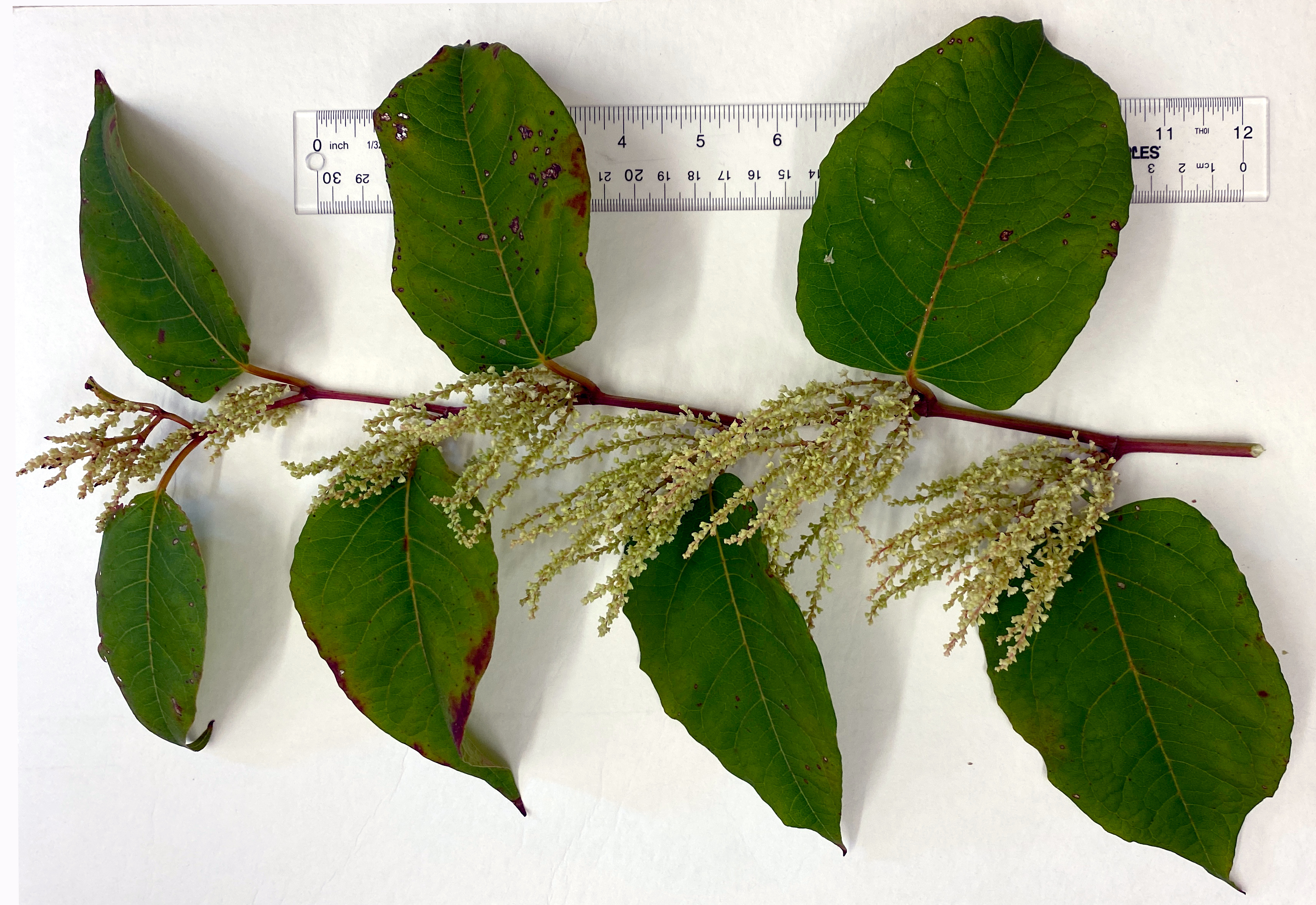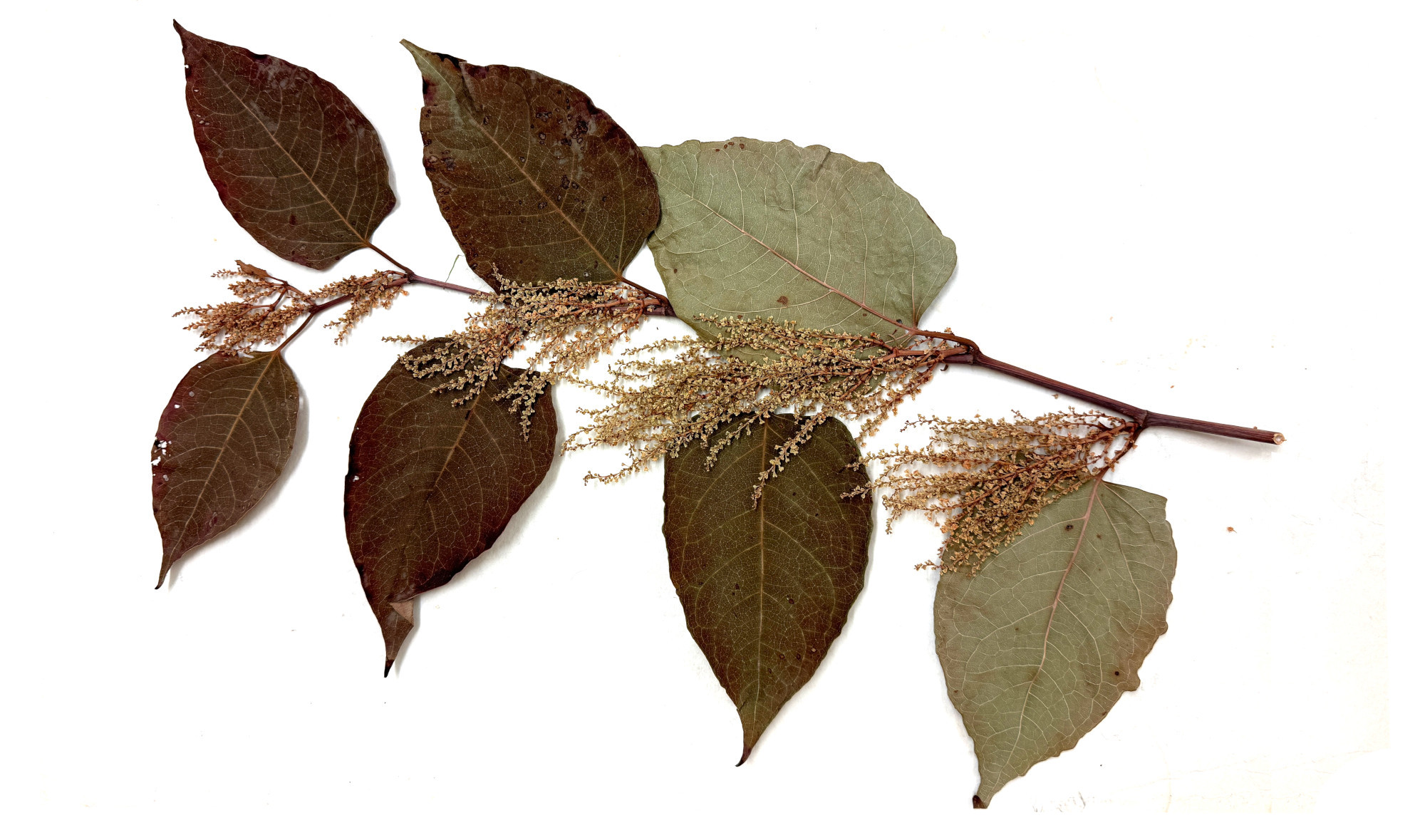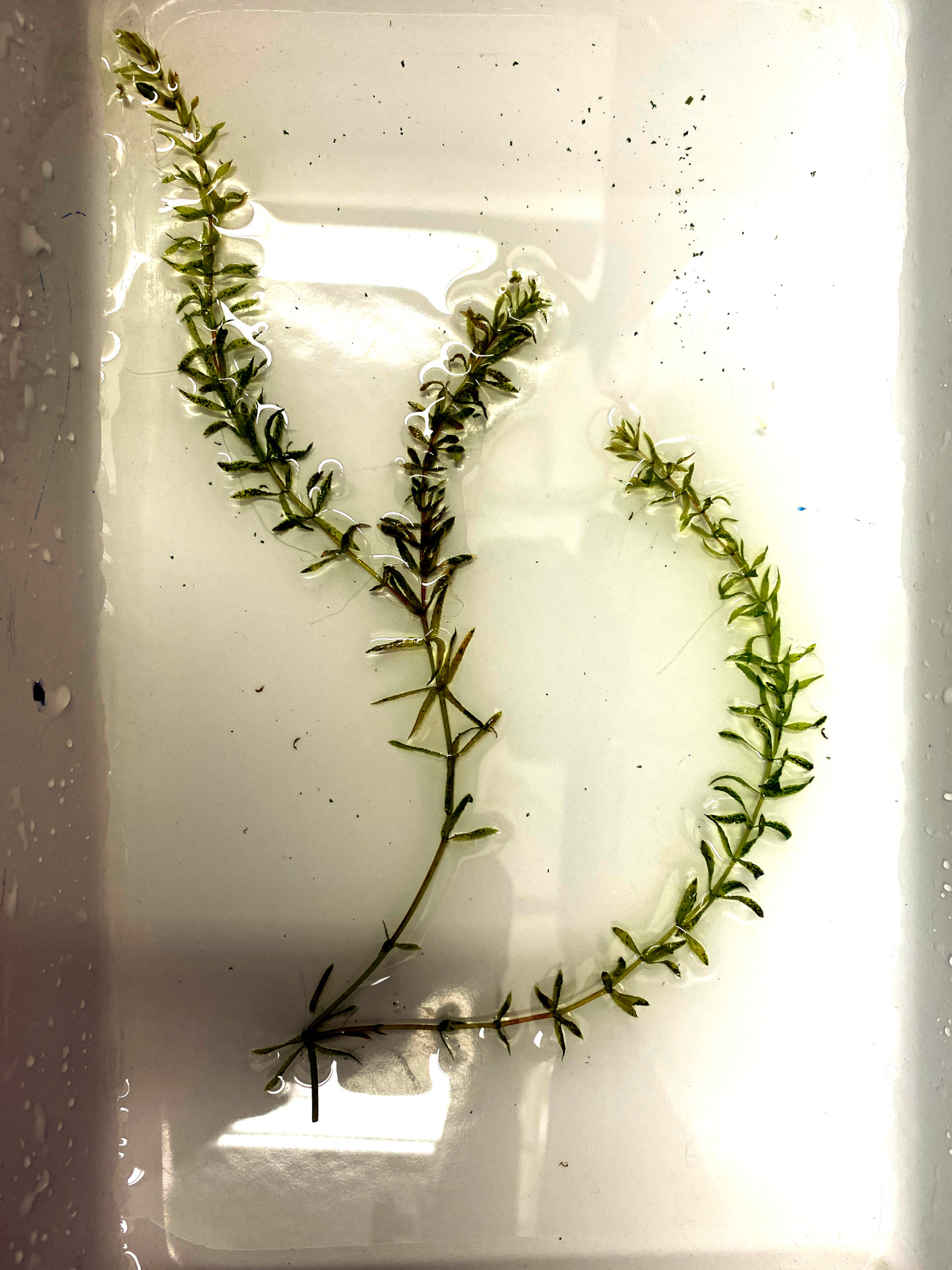Instructions for sending plant material
The methods are listed in order of preference (along with their relative advantages):
1. Silica gel drying (dries material quickly, DNA is stable indefinitely)
2. Pressing and drying specimens (also stable DNA, but takes longer to dry)
3. Sending fresh plant material (rapid specimen processing, but DNA can degrade if plants begin to rot)
In all cases, take care to send plants soon after collecting them. Try to send material that is young, green, and healthy at the time of collection.
Drying plants with silica
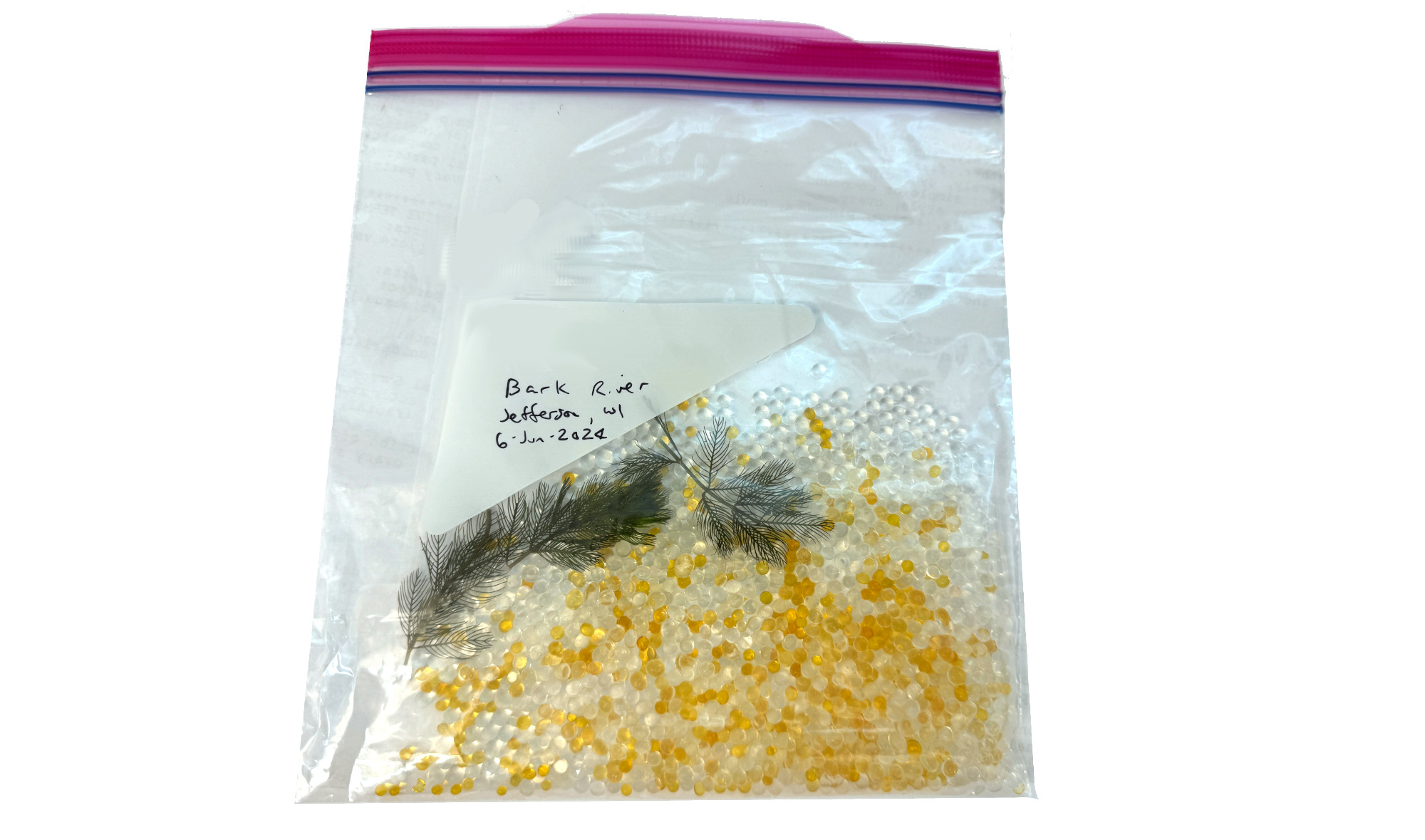
Plants can be dried quickly using silica gel beads. The beads absorb moisture and are the fastest way to remove water from a plant specimen. Make sure to include enough silica beads to absorb all of the moisture in your specimen, and limit the size of the specimen so that it can dry out entirely. Store and ship dried specimens in an airtight bag to keep them dry.
Terrestrial plants (fresh or pressed)
Another option is to send material that you have dried before sending. The video above shows a method for pressing plants, using a specialized piece of equipment. If you do not have access to a plant press, you can achieve a similar effect by pressing between pieces of cardboard, using a weight on top.
Aquatic plants (fresh or pressed)
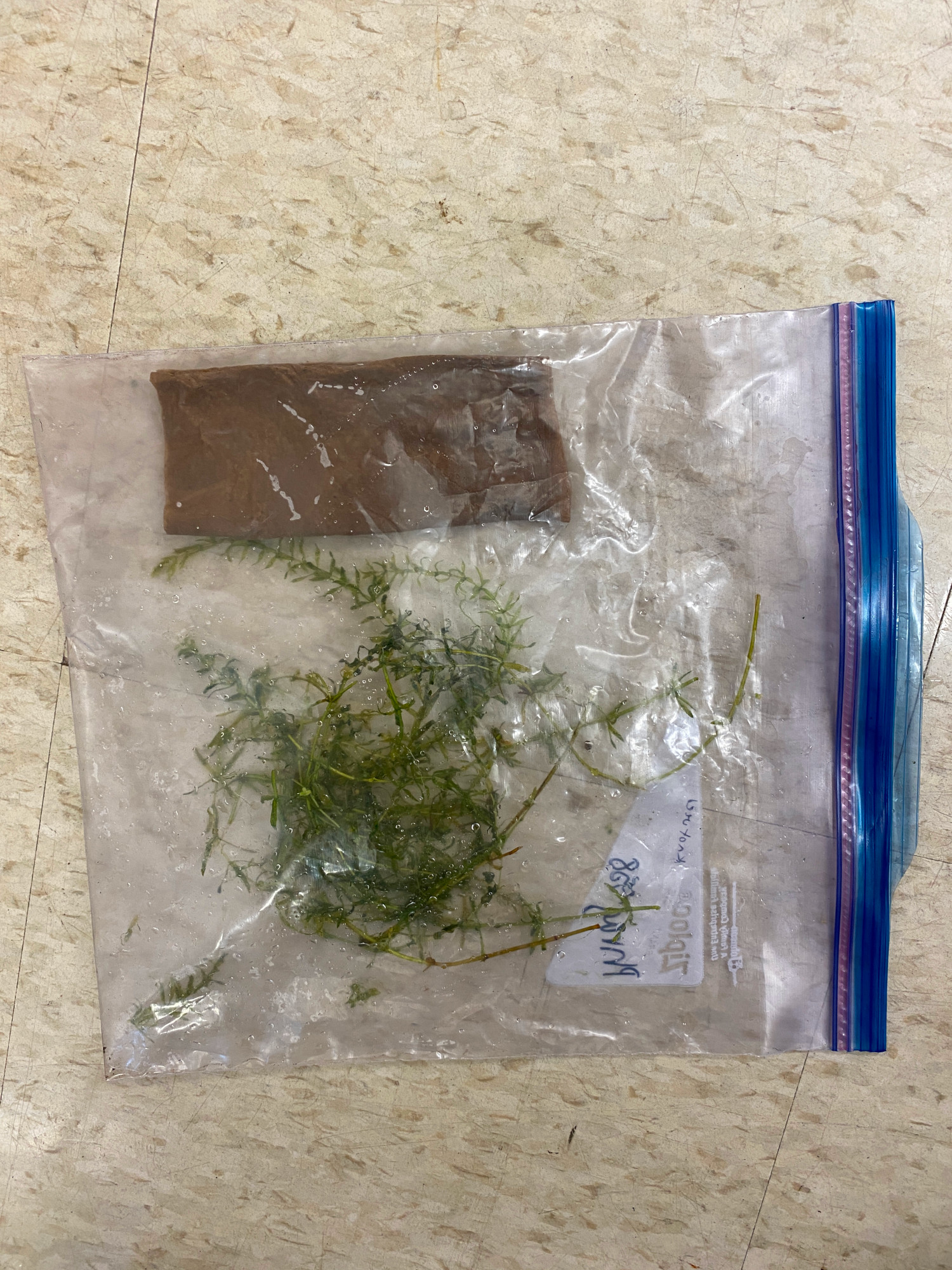
Fresh plant material can be sent inside an airtight (e.g., Ziploc®) bag. For aquatic plants, clean the plants of soil and algae before sending. For aquatic plants, include a damp (not wet) paper towel to maintain high humidity. However, make sure the bag is free of standing water, which can hasten decay.
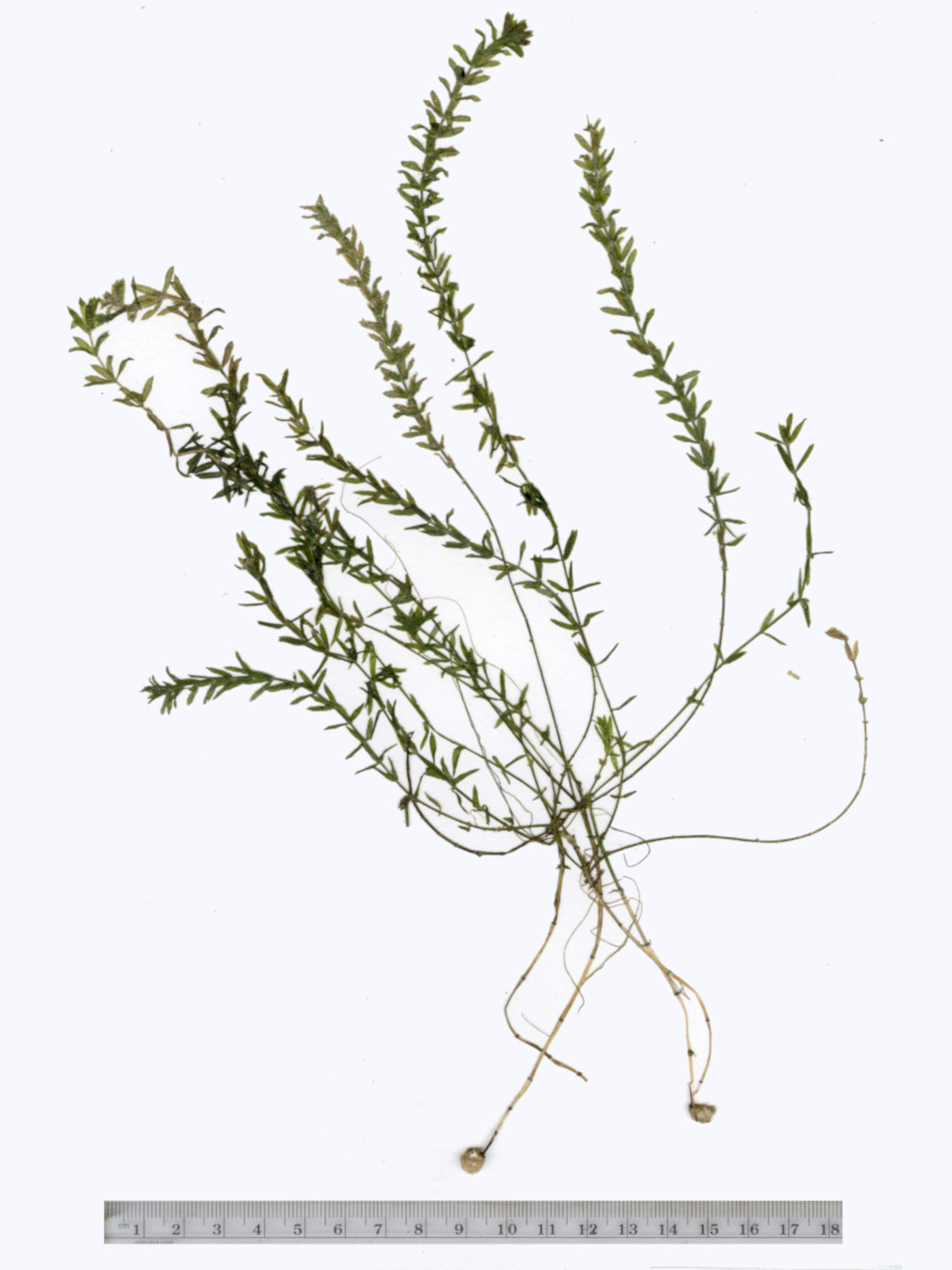
Dried specimens have several advantages: they are lighter in weight and smaller in bulk, and there is no need to mail them quickly. Fresh material, on the other hand, is prone to decay if the plants are kept for too long, surrounded by standing water, or pressed tightly together without air. To prevent decay of fresh material, try to send the samples so that they arrive within two days of sending.
Mailing samples
Send dried or fresh material by mail to the address below.
(Mail fresh material at the beginning of the week to avoid weekend delays. Dried material can be mailed anytime.)
Dr. Nicholas Tippery
Biology Dept, UW-Whitewater
800 W Main St
Whitewater, WI 53190
Download and fill out a separate chain of custody form for each sample, and include the completed form in your shipment.
If you intend to test multiple samples from the same locality, include the samples in separate bags and give each bag a unique label.
